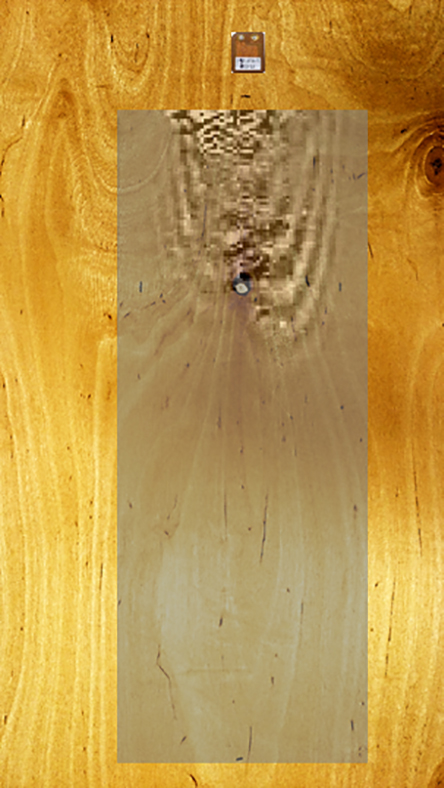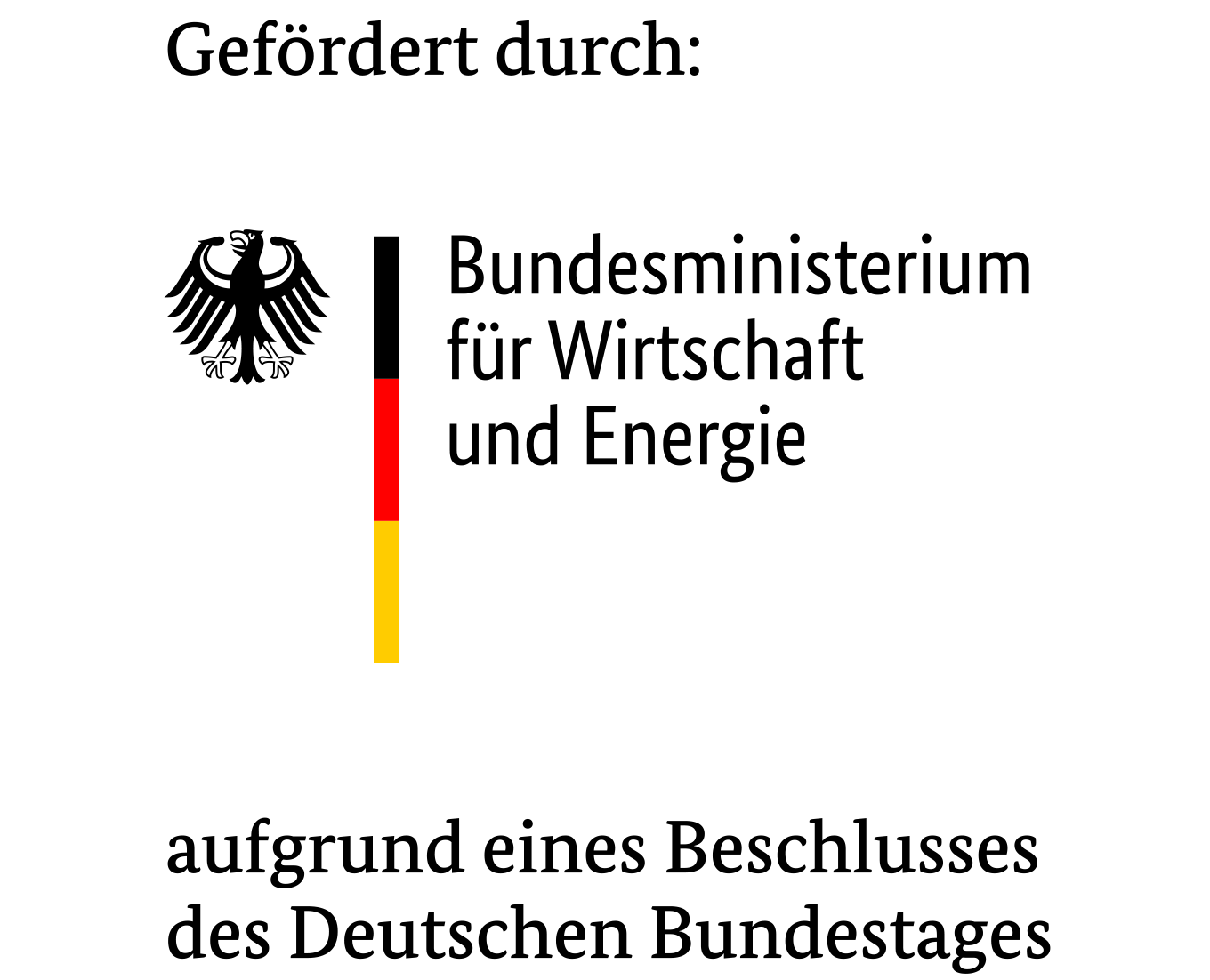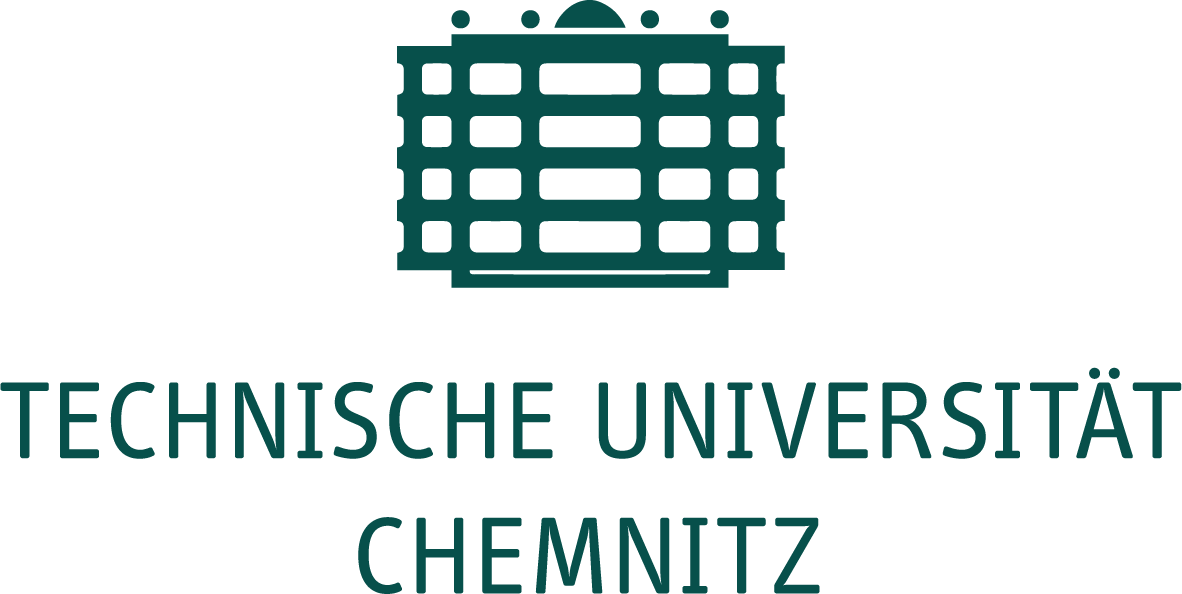Climate-friendly and sturdy: textile-reinforced wood
In a recently started project, Fraunhofer IKTS, the Chair of Textile Technologies at Chemnitz University of Technology and the Institut für Holztechnologie Dresden (IHD) are developing processes to optimize wood-based materials for highly stressed applications, for example in the automotive or sports sectors, and thus contribute to reduce CO2.

Wood-based materials are superior to their non-renewable alternatives, such as metals or plastics. As construction materials for highly stressed structural components, so-called veneer layer composites, that means veneer sheets layered on top of each other and glued together, are increasingly in the focus of interest.
Natural fluctuations in wood are currently still an obstacle to its use. Random distribution of knots, fiber angle deviations or strength fluctuations affect the mechanical behavior of the material. For this reason, wood-based materials cannot yet be used efficiently.
In the joint project "Development of processes for the load-path-compatible design of textile-reinforced veneer layer composites", the project partners will develop processes for the material-optimized design of veneer layer composites over the next 30 months. Therefore, veneer properties will first be characterized non-destructively using ultrasonics. In addition, a novel simulation model will predict the load-dependent deformation behavior in order to identify application-relevant weak points. These can then be compensated by the targeted introduction of textile reinforcements in the form of flax or basalt fibers. In this way, the actual capacity of veneer-based materials can be exploited resource-efficiently.
The IGF project BR05381/19 of the Research Association of the Institut für Holztechnologie Dresden (IHD) is funded by AiF within the program for the promotion of joint industrial research (IGF) by the Federal Ministry of Economics and Energy on the basis of a resolution of the German Bundestag.


